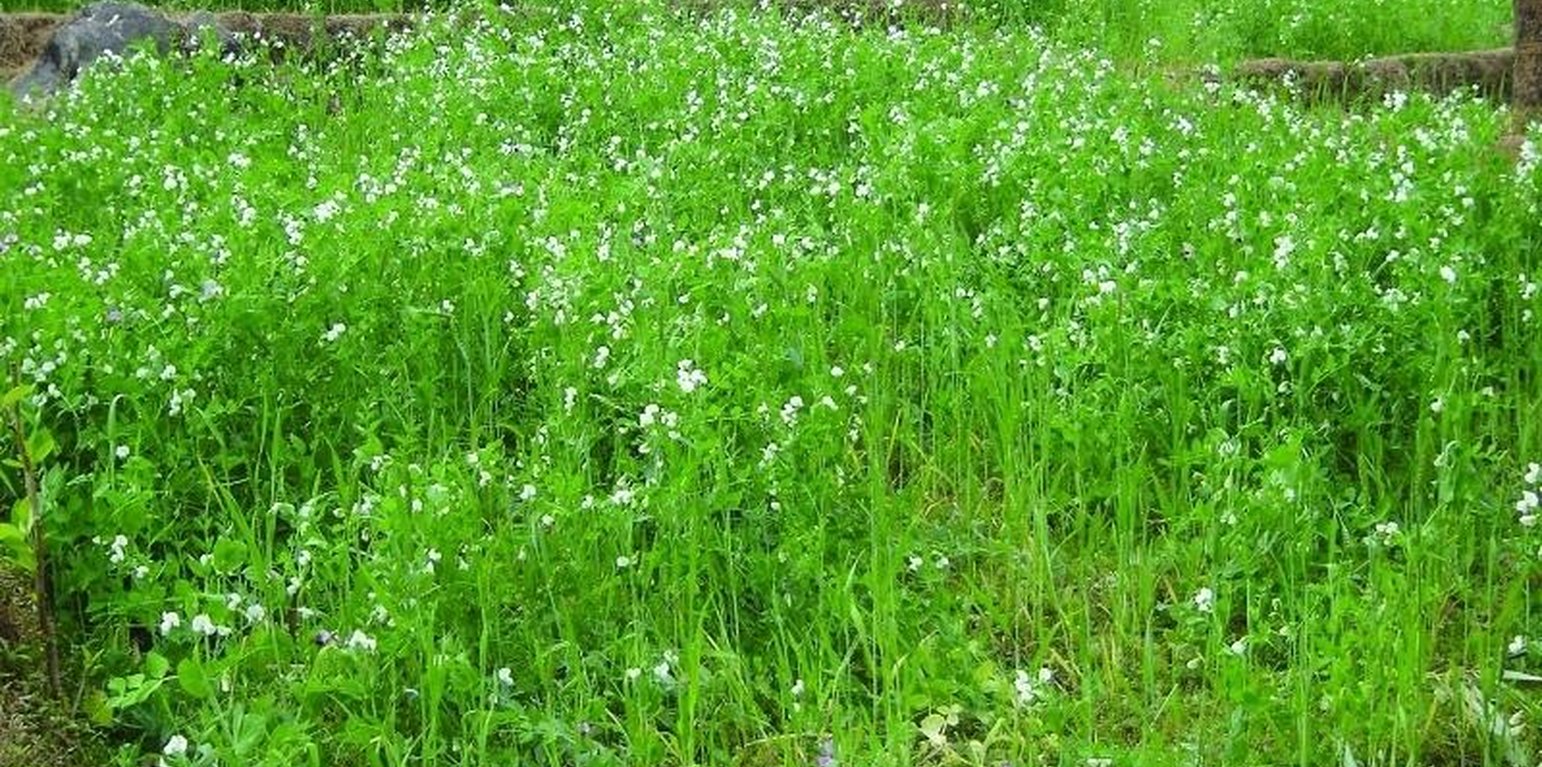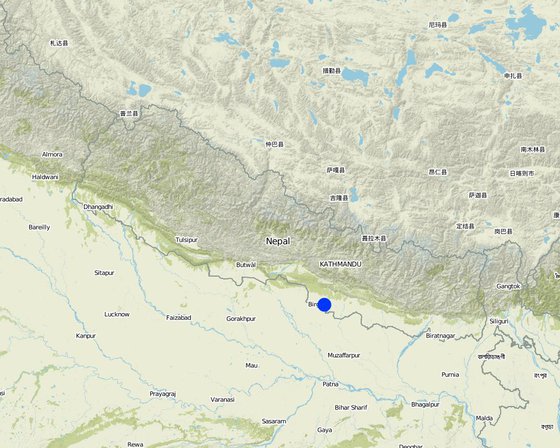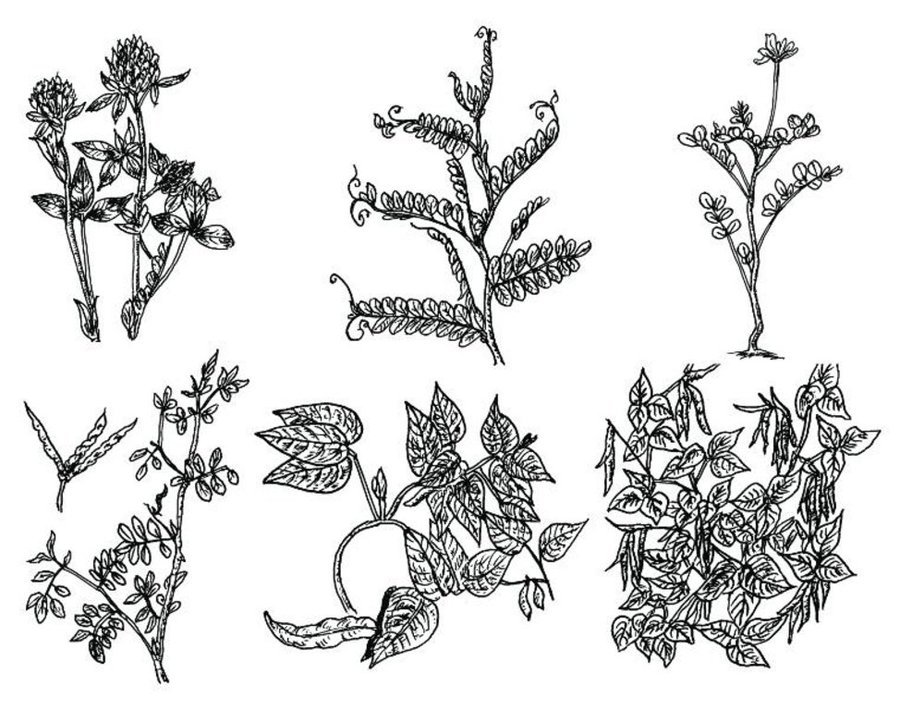



Legumes are widely grown across the hills of Nepal, with the most common being soybean, lentils, black gram, cow pea, beans, horse gram, field peas, and rice bean. They are mostly intercropped or relay cropped with cereals such as maize, millet, and rice. They are also planted on the edges of terraces and rice paddy bunds. Depending on the species, they may be grown in rain-fed or irrigated fields during the winter or summer seasons.
The majority of the legumes grown by farmers are used for food or as a cash crop. The planting of fodder legumes has become more popular with the expansion of stall-feeding and the development of a dairy industry. The planting of legumes, with the main objective of improving soil fertility is a more recent development in Nepal’s hills.
Nitrogen is the main plant nutrient element and is usually applied through commercial fertiliser where available. Legumes fix atmospheric nitrogen through bacterial nodules on their roots, then nitrogen subsequently becomes available to the following crops. It is important, therefore, not to uproot the legume crop during harvesting - it should be harvested by cutting the above ground parts leaving the roots (and the nodules) in the soil. The crop residues can be fed to livestock, used as animal bedding, applied as green manure directly to fields, or incorporated in compost. In this way most of the nitrogen that was fixed by the legume crop is returned to the soil.
Details about the different legume species and their different characteristics and uses are described in detail in SSMP, PARDYP and SSD-NARC (2000).

Location: Midhills districts of Nepal, Nepal
No. of Technology sites analysed:
Spread of the Technology: evenly spread over an area
In a permanently protected area?:
Date of implementation:
Type of introduction




| Specify input | Unit | Quantity | Costs per Unit (USD) | Total costs per input (USD) | % of costs borne by land users |
| Labour | |||||
| Labour | Persons/day | 2.5 | 2.0 | 5.0 | |
| Plant material | |||||
| Seeds | unit | 1.0 | 1.5 | 1.5 | |
| Total costs for establishment of the Technology | 6.5 | ||||
| Total costs for establishment of the Technology in USD | 6.5 | ||||
Reduced expenses for nitrogen fertilizers
Highly susceptible to diseases and pests
Reduced nutrient flux into water bodies